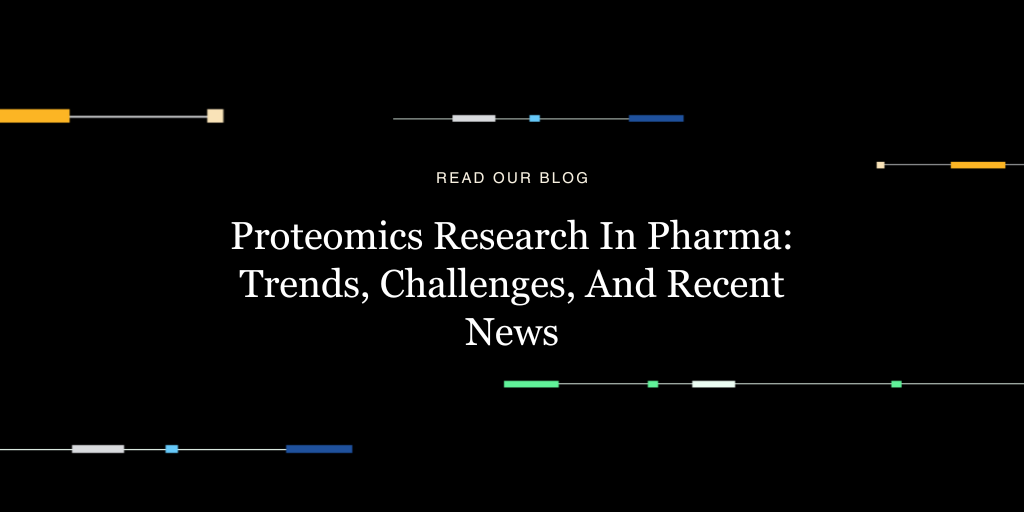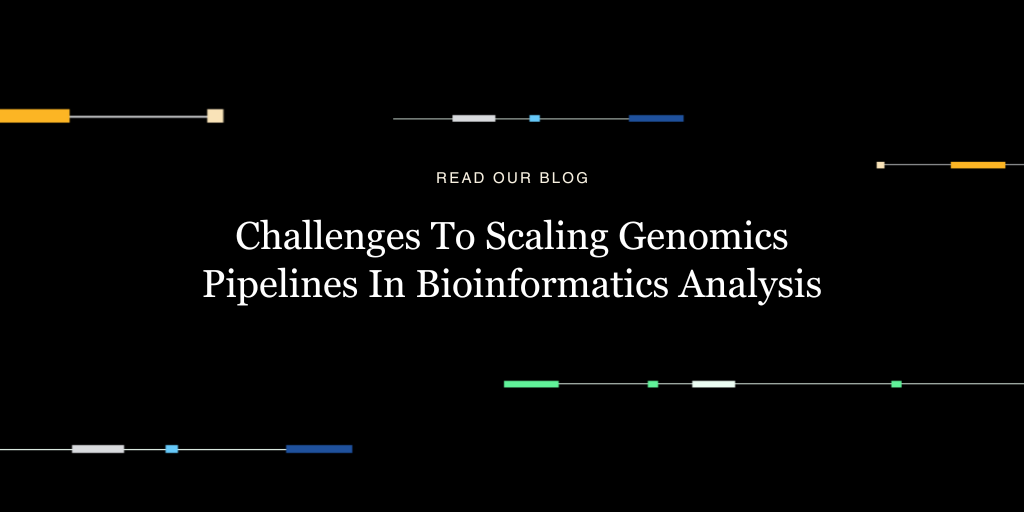
Genomics, transcriptomics, proteomics, metagenomics… biology now seems to revolve around the “omics.” What exactly are they, why are they so crucial, and where is the field heading?
First off, a definition. When added to a biological word, “omics” refers to a global study of a system. So, for those of you who have always secretly wondered what the difference is between genetics and genomics: genetics is the study of individual genes, while genomics is the study of the entire genome. You’re welcome!
As the definition suggests, ‘omics research is interested in uncovering the often complex systems and molecular mechanisms underpinning diseases and other biological functions.
Increasingly, scientists are combining ‘omics approaches for a more holistic, systems biology “the whole is greater than the sum of its parts” approach.
Cancer provides a good example of why this approach is an attractive one. Oncogenic signalling is a multi-layered problem encompassing multiple molecular layers, from initial somatic mutations, to altered protein networks, to downstream activation of transcriptional programs. Combining genomics, proteomics, and transcriptomics can help elucidate activity along entire pathways. The simultaneous measurement of DNA and cell-surface protein, often called proteogenomic profiling, can also be used to characterize clonal diversity and evolution within tumors. And spatial ‘omics is providing yet another valuable layer of in situ insight. By using several tools in the ‘omics toolkit, researchers can piece together the most in-depth molecular pictures possible.
This multi-omics approach comes with challenges, however. Foremost among them is making sense of data that are in different formats and piecing them together to make meaningful conclusions.
To make multi-omics analysis easier and more accessible to researchers, there must be well curated, publically accessible datasets that enable scientists to build upon already existing molecular knowledge. Scalable infrastructures to store and manage large quantities of data are also needed.
Ideally, there should also be interoperable tools that allow scientists to integrate data from different molecular layers, and to add their own data to study relationships between them. Even better: A streamlined process in which tools are moved into pipelines and accessible via interactive, intuitive graphical interfaces
Luckily, these are all areas in which DNAnexus excels.
DNAnexus Apollo™ is designed to handle the scale and scope of multi-omics research. It is data model agnostic, allowing for interrogation of any structured or unstructured data type.
Biologists can dive into thousands of phenotype fields and millions of variants in seconds, or query multi-omic characteristics to build cohorts for in-depth analysis, exploring associations between genomic and linked clinical data. Its built-in interactive data visualization tools and secure, cloud-based collaborative workspace makes it an even more attractive option for multi-disciplinary teams scattered around campus — or the globe. And it’s as flexible as your research.
The new multi-dimensional, multi-omics scientific queries may be complex, but the computational solutions used to harness them need not be. We aim to simplify the infrastructure needed to support these new approaches, so that their full potential can be realized.



